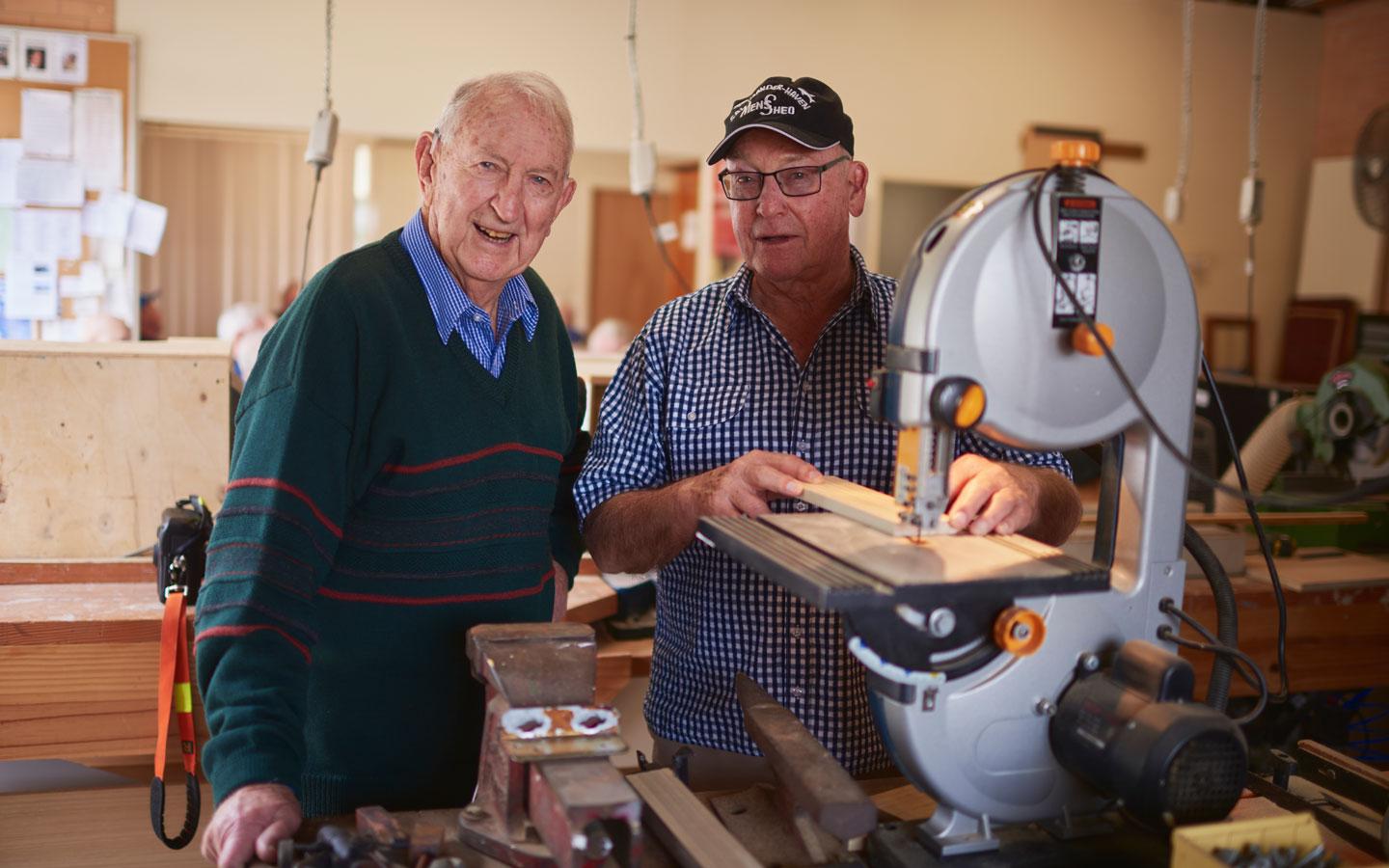How cochlear implants work
We design cochlear implants to replace the function of the inner ear that isn't working. Learn how implant systems process sound.

What you'll find on this page
- How cochlear implants produce clearer sound.
- The two parts of a cochlear implant system.
How cochlear implants produce clearer sound
Cochlear implants replace the function of damaged sensory hair cells inside the inner ear.
Unlike hearing aids, which mostly make sounds louder, cochlear implants may further improve the clarity of sound and enhance your ability to understand conversations.1,2,3
A cochlear implant system has two parts:
-
the external sound processor
-
surgeons put the implant under the skin and attach it to an electrode array that’s placed in the inner ear.
Together, the sound processor and implant bypass the part of the ear that isn’t working, sending sound straight to the hearing nerve.
Back in touch with the sounds of life
Hearing loss forced Karl Klenner to withdraw from people around him because he thought they wouldn’t miss his contribution.
Now, Karl has the confidence to get more involved with co-workers, friends and family. He enjoys being part of conversations that are clearer and easier for him to follow.
Watch his story.
"When I have the N7 on, I am participating in the hearing world. I love the sounds of nature. I love the sounds of the animals, I can hear the sheep, I can hear birds fly past..."
- Karl K, Cochlear™ implant recipient
Find a hearing specialist near you
Disclaimer
Please seek advice from your health professional about treatments for hearing loss. Outcomes may vary, and your health professional will advise you about the factors which could affect your outcome. Always follow the directions for use. Not all products are available in all countries. Please contact your local Cochlear representative for product information.
For a full list of Cochlear’s trademarks, please visit our Terms of Use page.
Views expressed are those of the individual. Consult your health professional to determine if you are a candidate for Cochlear technology.
In Australia, Cochlear™ Nucleus® implant systems are intended for the treatment of moderately severe to profound hearing loss.
In Australia, Baha® bone conduction implant systems are intended for the treatment of moderate to profound hearing loss.
In Australia, the Cochlear™ Osia® System is indicated for patients with conductive, mixed hearing loss and single-sided sensorineural deafness (SSD) aged 10 years and above with up to 55 decibels sensorineural hearing loss. Patients should have sufficient bone quality and quantity to support successful implant placement. Surgery is required to use this product. Any surgical procedure carries risk.
For Cochlear™ Nucleus®, Osia® and Baha® systems: This product is not available for purchase by the general public. For information on funding and reimbursement please contact your health care professional.
Any testimonial featured on this website is intended for an Australian audience only.
References
- Fitzpatrick EM, Leblanc S. Exploring the factors influencing discontinued hearing aid use in patients with unilateral cochlear implants. Trends in Amplification. 2010, 14; (4): 199–210.
- Rumeau C, Frere J, Montaut-Verient B, Lion A, Gauchard G, Parietti-Winkler C. Quality of life and audiologic performance through the ability to phone of cochlear implant users. Eur Arch Otorhinolaryngol. 2015, 272: 3685–3692.
- Runge CL, Henion K, Tarima S, Beiter A, Zwolan TA. Clinical outcomes of the Cochlear™ Nucleus®5 cochlear implant system and SmartSound™2 signal processing. J Am Acad Audiol. 2016, 27; (6): 425–440.






